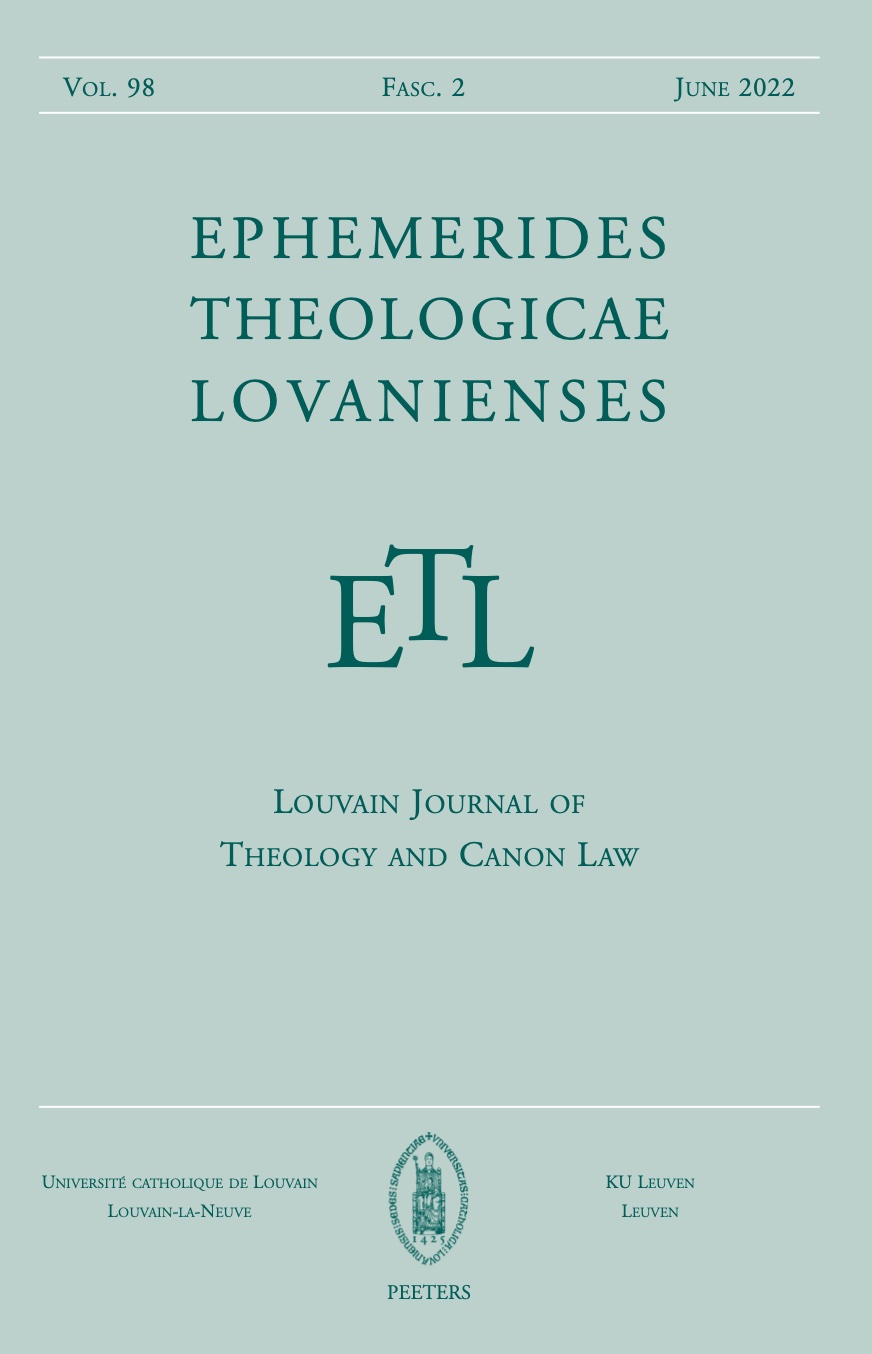 previous article in this issue previous article in this issue | next article in this issue  |

|
Document Details : Title: The Compositors' Neglect or the True Story behind the Prohibition of Vorsterman's Dutch Bibles Author(s): FRANÇOIS, Wim Journal: Ephemerides Theologicae Lovanienses Volume: 91 Issue: 2 Date: 2015 Pages: 239-256 DOI: 10.2143/ETL.91.2.3085091 Abstract : In 1528 Willem Vorsterman published in Antwerp his famous Dutch folio Bible, which was devised as a 'correction' to the Liesvelt Bible (1526). And although Vorsterman’s Bible had received an official approval from both the civil and ecclesiastical authorities, its text, biblical canon, and prologue retained the traces of its Reformation-minded sources. In the prologue, the 'correctors' gibed at the 'compositors' in the printing office, reproving them for having neglected to include their corrections. As a consequence, Vorsterman hasted to bring a revised version of the New Testament on the market (1529), and further editions were to follow, ranging from downright Catholic editions (1529-31[32]) to more 'Catholicizing' glossed Bibles in the 1530s and 1540s. It is important to notice that the label 'Vorsterman Bible' does not refer to a monolithic, unchanging – let alone Protestant – edition which just went through several reprints, but that it stands for a corpus of several editions, each having its own characteristics. When the Louvain theologians published, in 1546, the first Index of forbidden books, they managed to make this distinction, since they only included the 1528 edition of Vorsterman’s Bible, in addition to the glossed Bibles of the 1530s and 1540s, while they silently continued to tolerate the 'good-Catholic' editions of the years 1529-1532. However, when Nicolaus van Winghe’s Louvain Bible – which was devised as the new official Dutch translation – was published in 1548, its translator narrated in his elaborate prologue the story of the negligent compositors in Vorsterman’s printing office, casting an imputation of unreliability upon Vorsterman’s Bible production in general, despite the fact that strictly speaking only the first edition displayed a Protestant character. Van Winghe’s aim was obviously to put the Bible out of the market, to the greater benefit of the Louvain Bible. A bothersome side-effect was that Van Winghe contributed to the belief – inaccurate but quite persistent in Protestant historiography – that Vorsterman was among those printers who had deliberately ventured on the market of Reformation-minded Bibles. |
|
